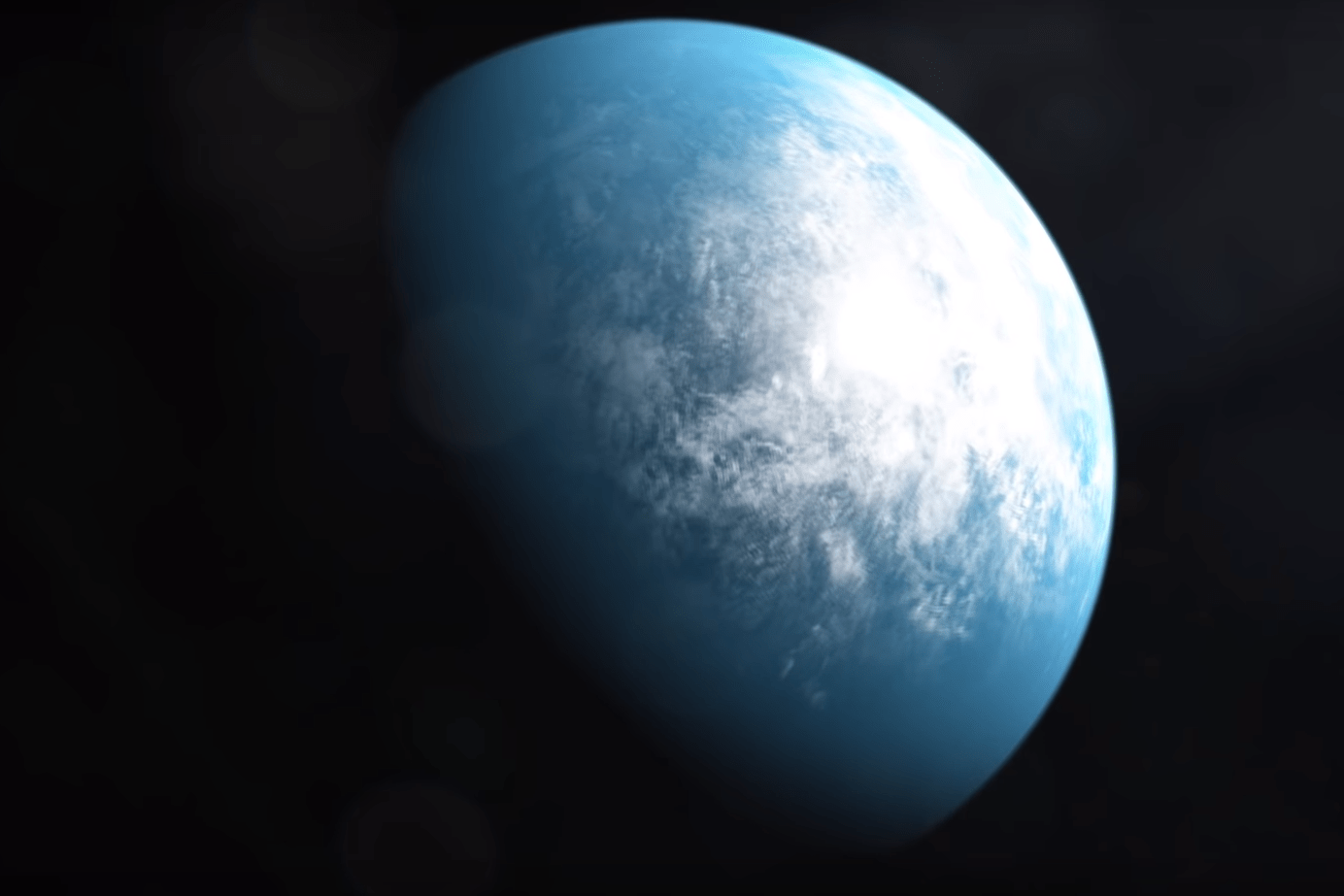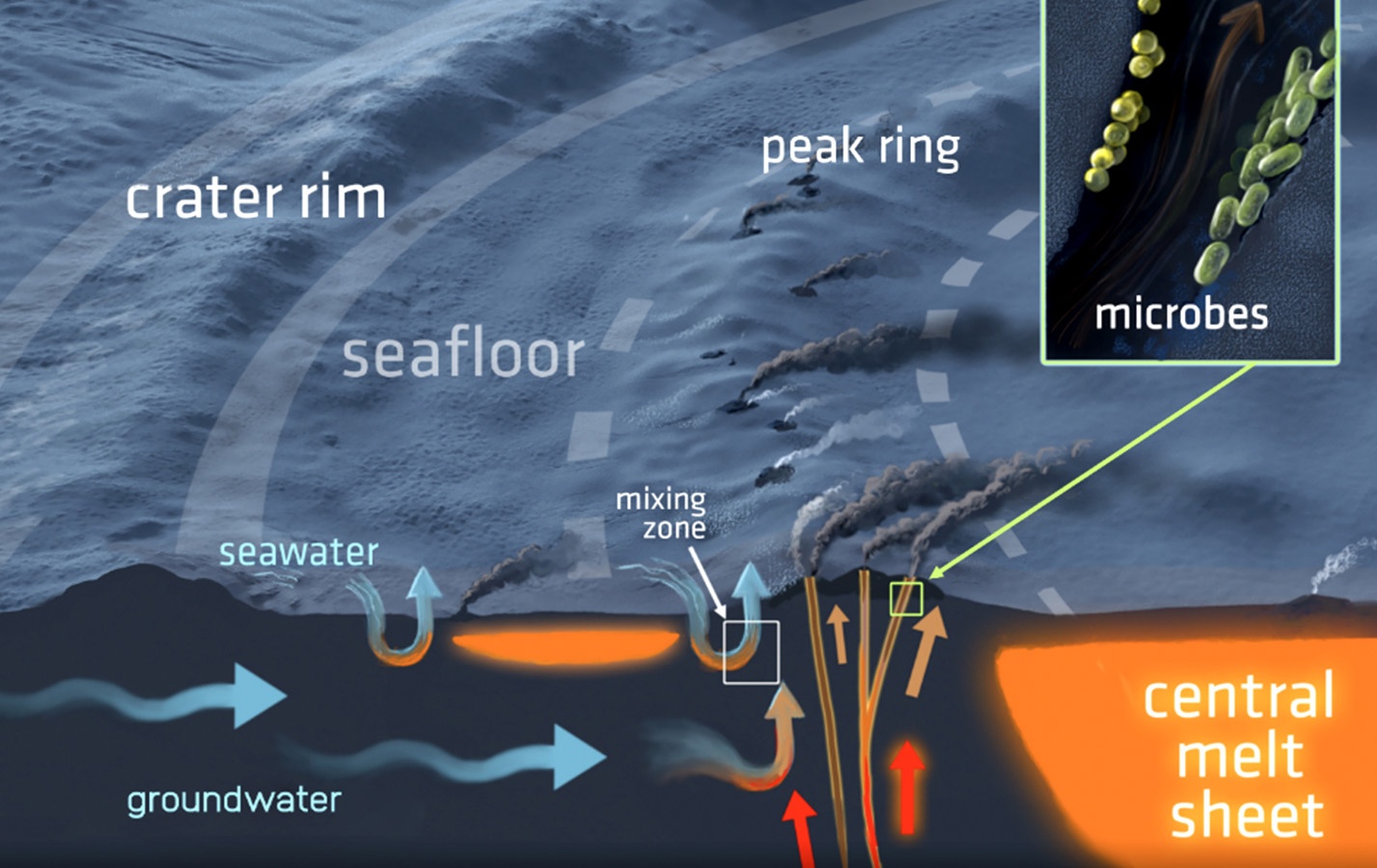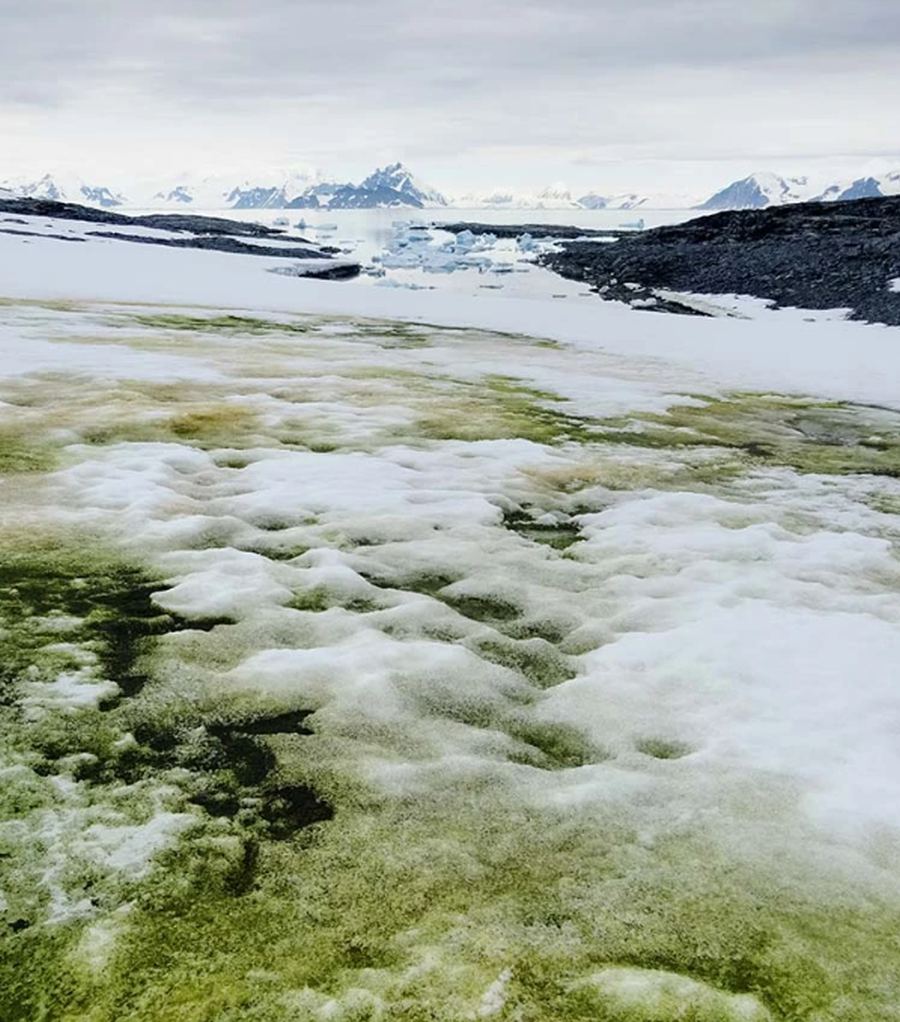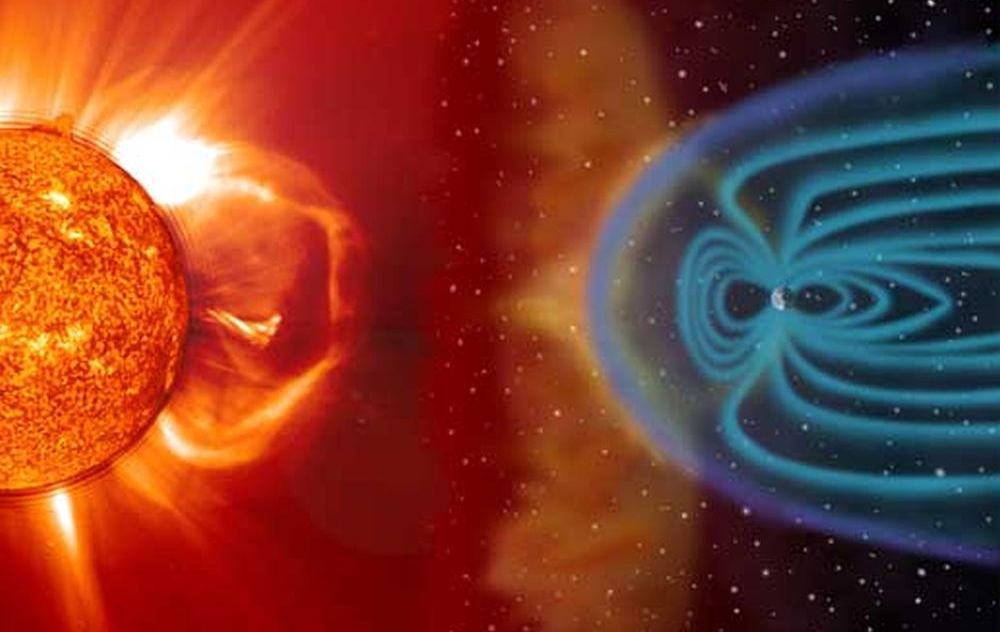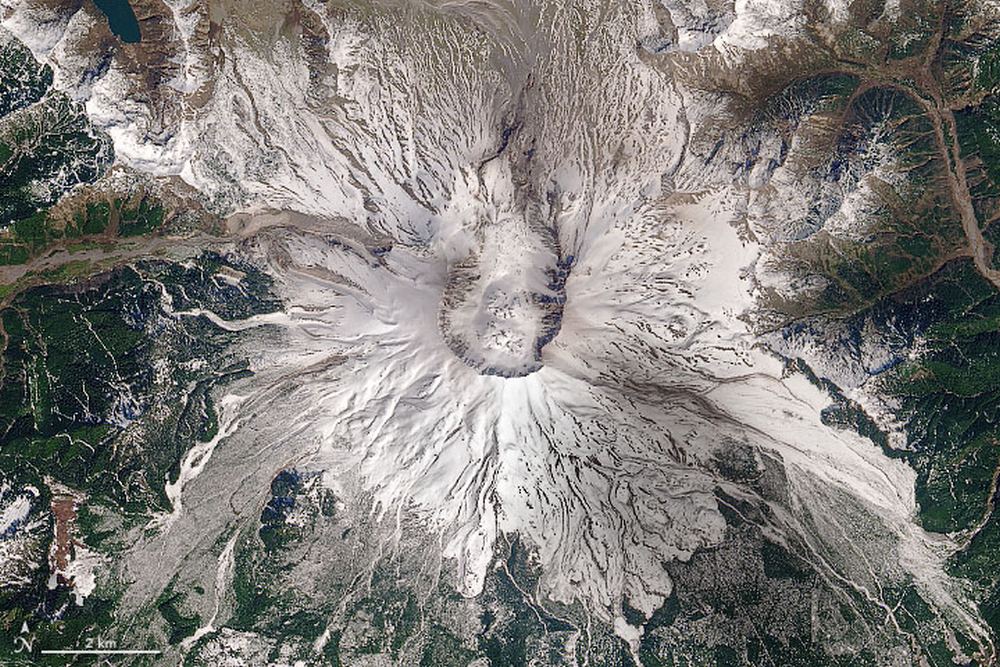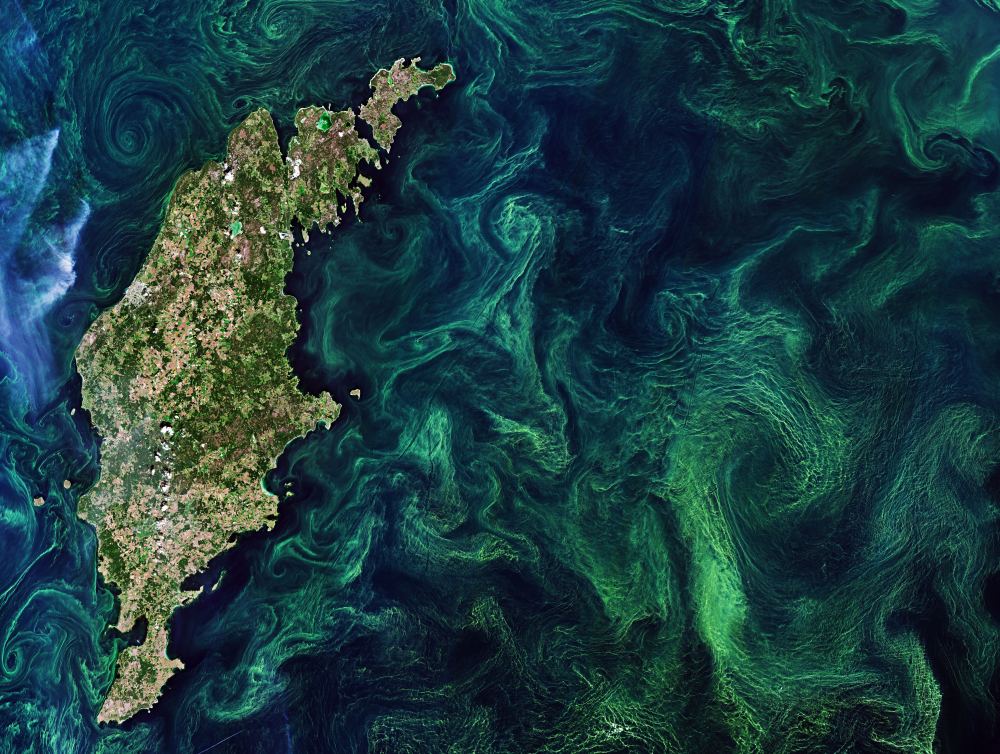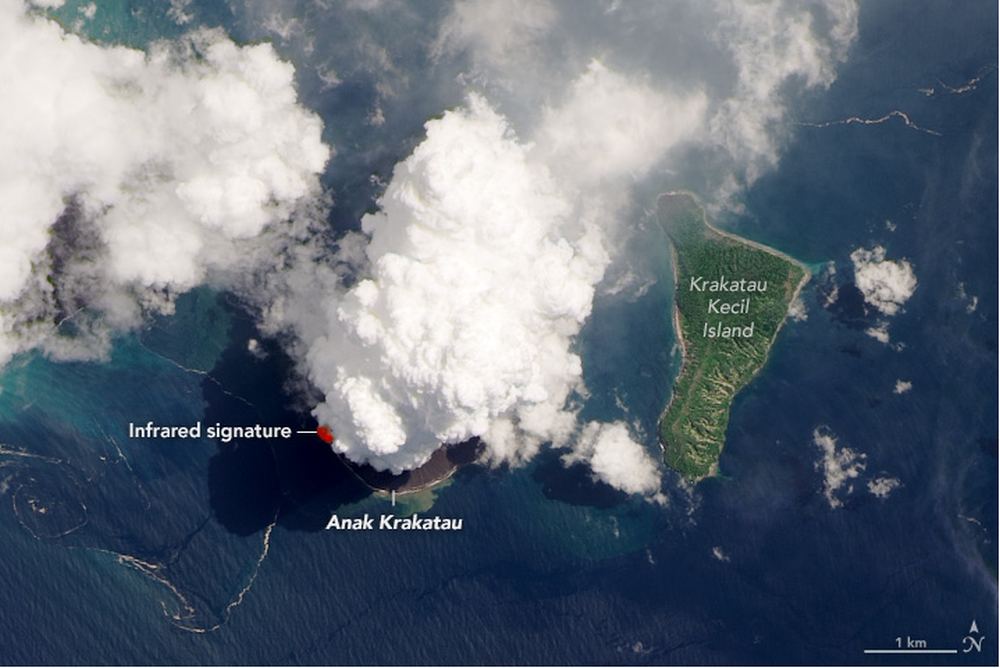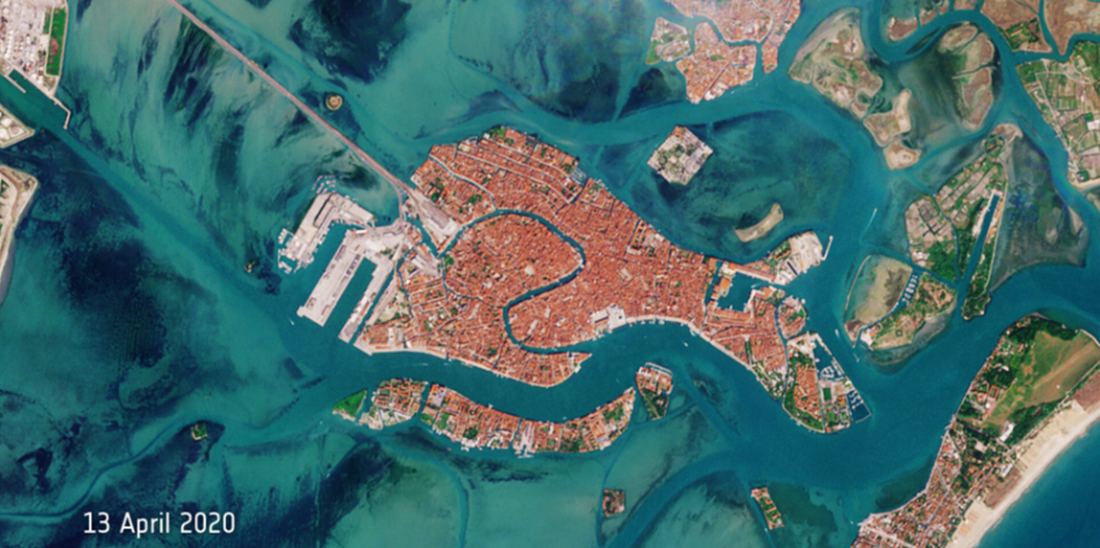How did Earth evolve from an ocean of magma to the vibrant, life-supporting, blue jewel it is now? In its early years, the Earth was a blistering hot ball of magma. Now, 4.5 billion years later, it’s barely recognizable.
Is it possible to find exoplanets out there in the vast expanse, which are young molten globes much like young Earth was? How many of them can we expect to find? Where will we find them?
Continue reading “It Should Be Easiest to Search for Young Earth-like Planets When They’re Completely Covered in Magma”

